‘East Dike’ is Shenzhen’s Eastern coastline in China, a 130-kilometer coastline of Dapeng, a green peninsula in the bay between Hong Kong and Shenzhen. In September 2018, the typhoon Mangkhut damaged the infrastructure of the peninsula to various degrees. An international competition was launched to develop a plan to restore the coastline and raise protection standards against the more frequent occurrence of extreme weather events.
KCAP + Felixx developed the ‘Triple dike strategy’, a multifaceted dike system that allows for an integrated approach towards the climate adaptive reorganization of the shore. Water safety strategies are connected to eco-development and nature restoration. This creates a resilient framework for social and economic growth. For 32 kilometers of coastline, KCAP + Felixx is developing this concept into 6 strategic implementation projects.
The triple dike moves away from a generic protection wall along the coast, towards the creation of three development zones, carefully embedded in current conditions and responding to the specific future needs of every single area. The 1st ‘outer’ dike zone increases the resiliency through wave attenuation, erosion reduction and the enhancement of sedimentation. The 2nd ‘middle’ dike is an elevated embankment, to stop the storm surge and the water pushed up by the waves.
It’s not a big wall but a multifunctional zone: an exciting hilly park, an elevated waterfront with urban promenades, a tidal park or even a public building. The 3rd ‘inner’ dike is a hybrid structure which manages the rainwater following the principle of a sponge city. All runoff from adjacent villages and mountains is buffered, delayed and temporarily stored in rain-parks, raingardens, wet forests, wetlands and green streets.
Dapeng is a mountainous peninsula with lush forests, intersected by riverbeds and creeks, connected to the sea with fantastic sand beaches and impressive rockeries. It offers an extraordinary lush and green environment in the direct proximity of Hongkong and Shenzhen. Dapeng’s cultural resources and natural settings have fostered the development of tourism, within a vast expending metropolitan area with about 20 million inhabitants.
The application of the triple-dike provides a framework to enhance these existing qualities while unlocking potentials for growth. The small-scale identity of the villages is protected by locating new developments within the existing boundaries. Each village’s specific character is strengthened to amplify the rich variation of recreational facilities. To minimize the infrastructural impact on the island, connectivity from the water is enhanced. Source by KCAP + FELIXX.
- Location: Dapeng, China
- Architect: KCAP + FELIXX
- Participating parties: China Resource Group, Hope Landscape & Architecture, China Water Transport Planning & Design Institute, Deltares
- Client: Water resource bureau of Shenzhen Municipality
- Time: 2019 – ongoing
- Images: KCAP + FELIXX, Courtesy of Kcap
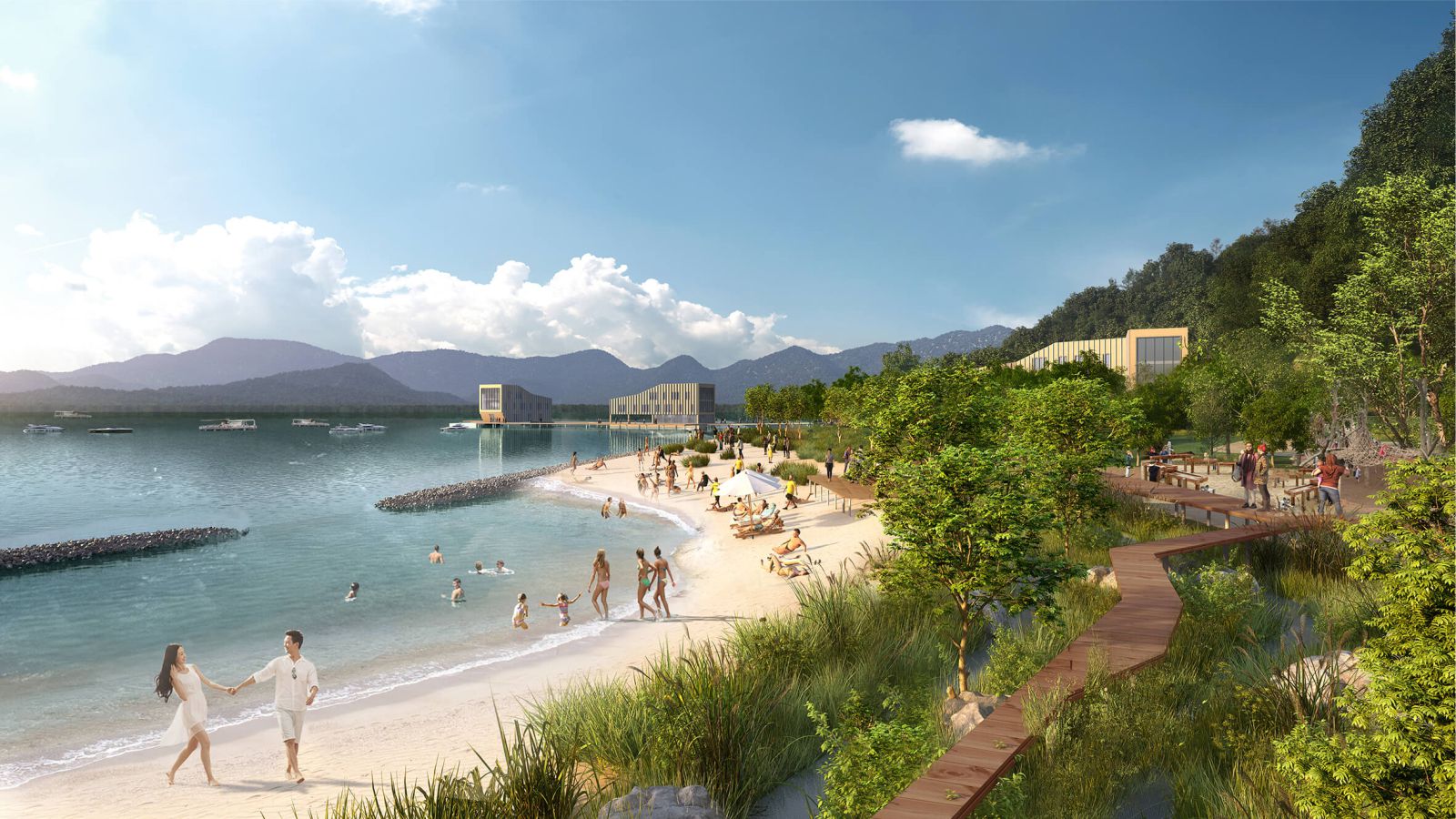
Image © KCAP + FELIXX 
Image © KCAP + FELIXX 
Image © KCAP + FELIXX 
Image © KCAP + FELIXX 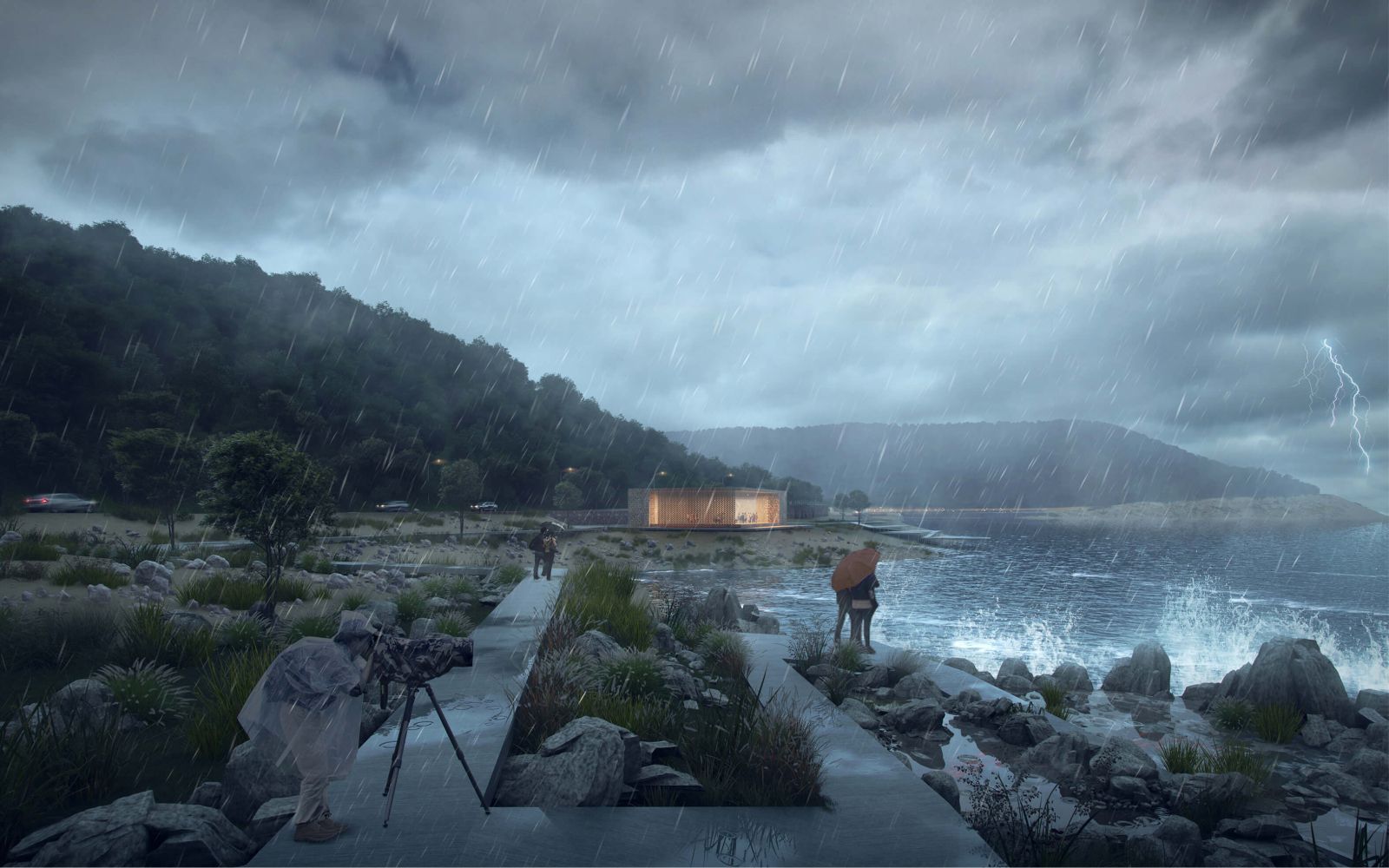
Image © KCAP + FELIXX 
Image © KCAP + FELIXX 
Site 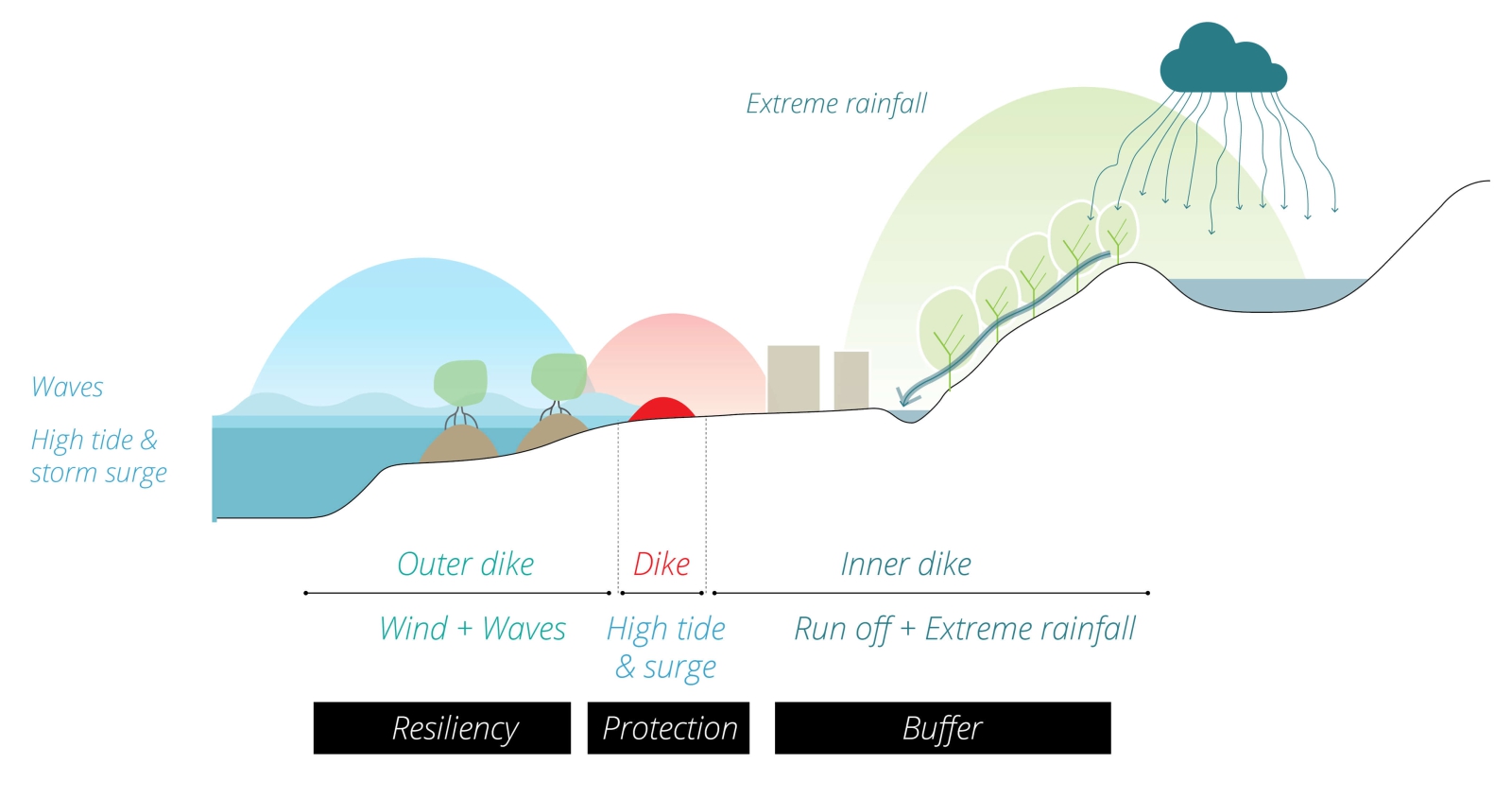
Triple Dike Strategy 
Interconnected eco landscape 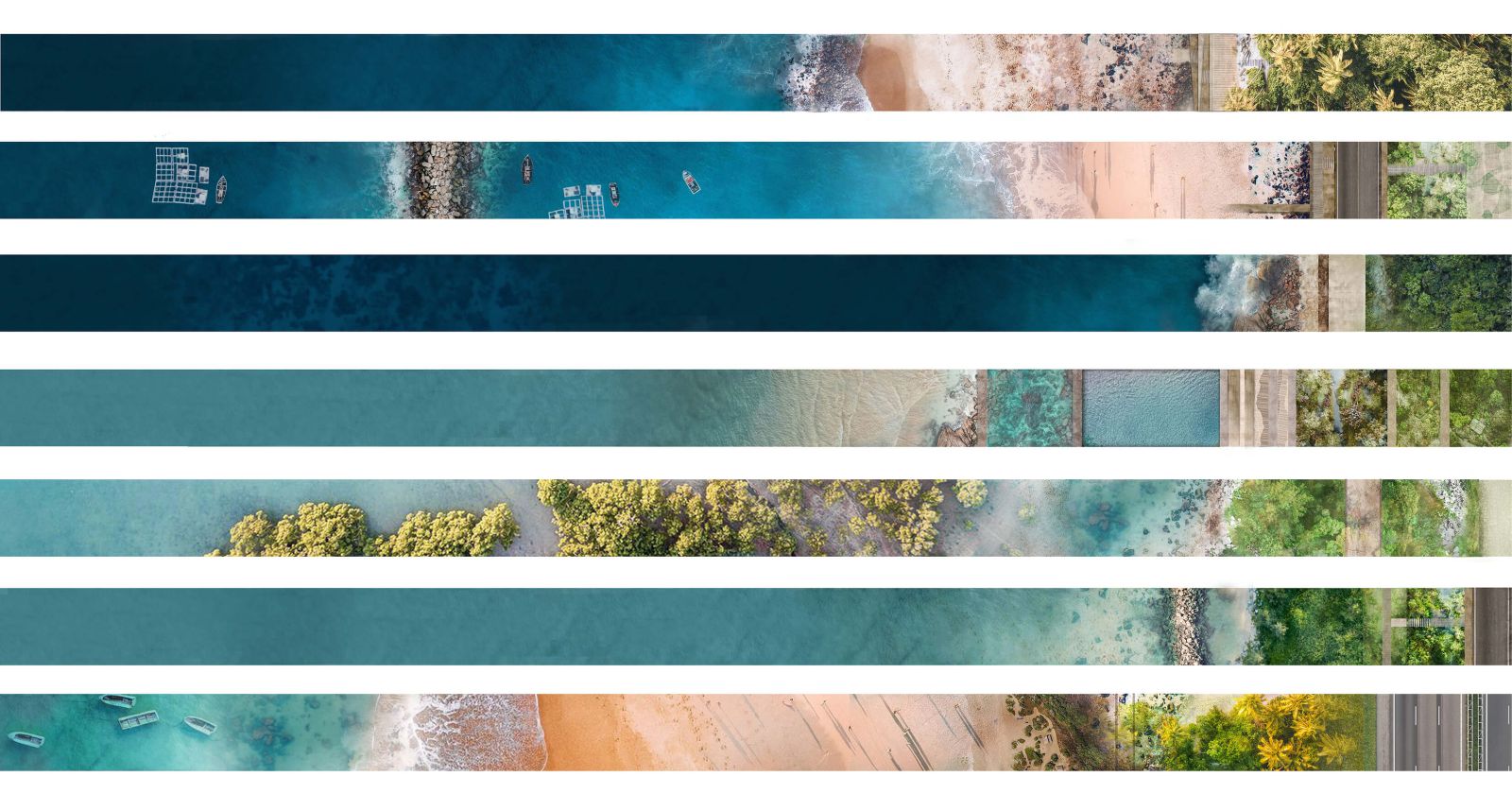
Triple Dike Sections 
Triple dike section Guanhu 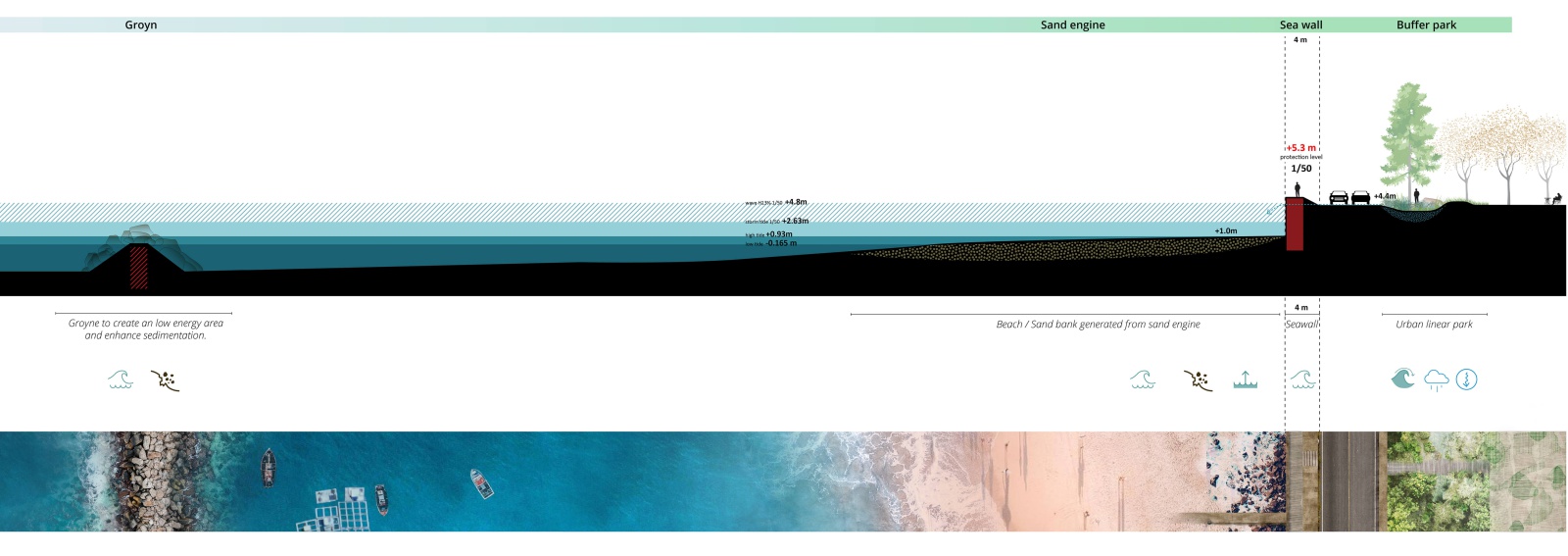
Triple dike section Moonbay 
Triple dike section Dongshan 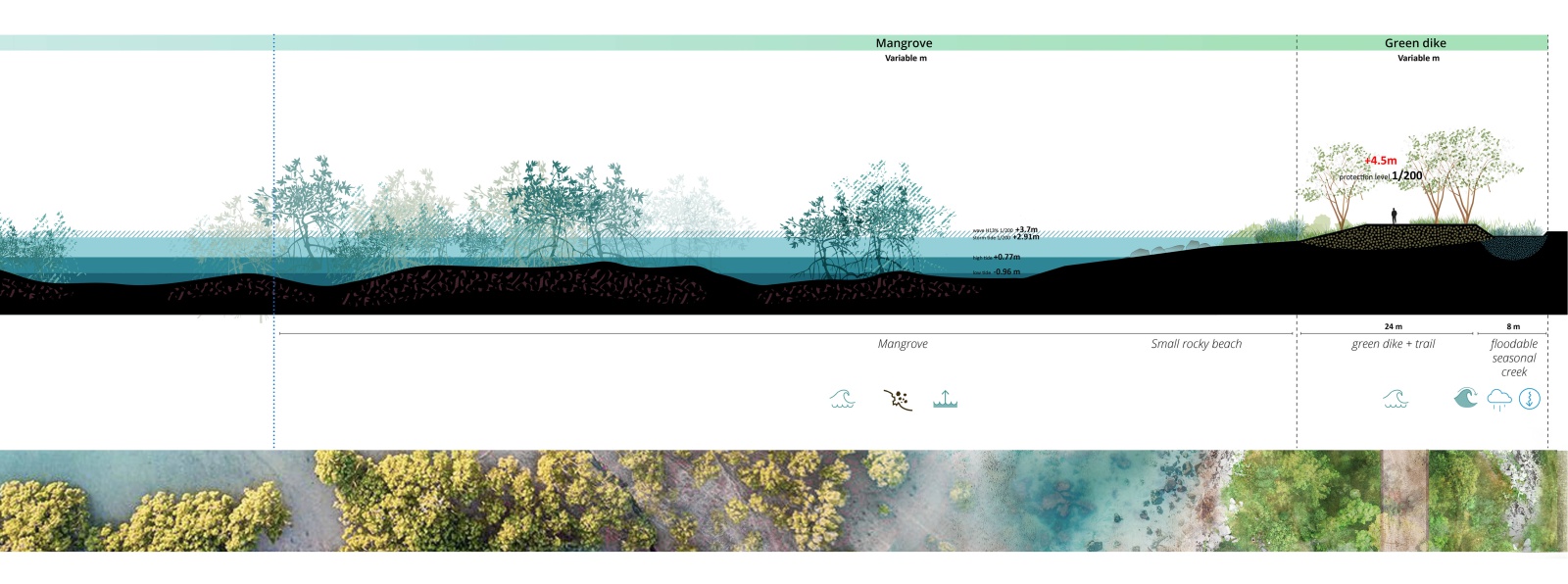
Triple dike section Dongshan 
Triple dike section Pengchen 
Triple dike section Shayuchong 
Triple dike section Yangmeiken road 
Triple dike section Yangmeiken town

